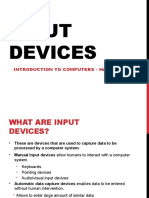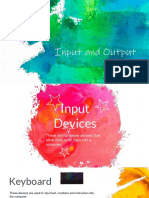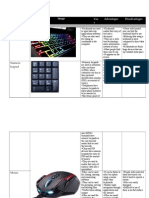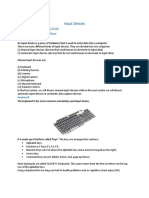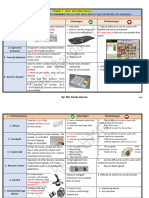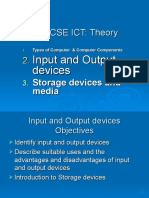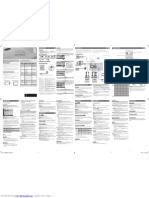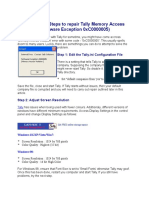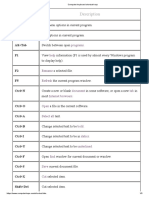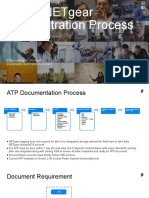0% found this document useful (0 votes)
30 views32 pagesLecture 5 & 6 Input and Output Devices
The document provides an overview of input and output devices used in computer systems, categorizing them into manual input devices, direct data-entry devices, and various types of output devices like monitors and printers. It details specific devices such as keyboards, mice, touch screens, scanners, and printers, highlighting their functions, advantages, and disadvantages. Additionally, it discusses technologies like RFID, OCR, and DDE methods, emphasizing their applications in data entry and processing.
Uploaded by
ajecolt1Copyright
© © All Rights Reserved
We take content rights seriously. If you suspect this is your content, claim it here.
Available Formats
Download as PDF, TXT or read online on Scribd
0% found this document useful (0 votes)
30 views32 pagesLecture 5 & 6 Input and Output Devices
The document provides an overview of input and output devices used in computer systems, categorizing them into manual input devices, direct data-entry devices, and various types of output devices like monitors and printers. It details specific devices such as keyboards, mice, touch screens, scanners, and printers, highlighting their functions, advantages, and disadvantages. Additionally, it discusses technologies like RFID, OCR, and DDE methods, emphasizing their applications in data entry and processing.
Uploaded by
ajecolt1Copyright
© © All Rights Reserved
We take content rights seriously. If you suspect this is your content, claim it here.
Available Formats
Download as PDF, TXT or read online on Scribd
/ 32




















